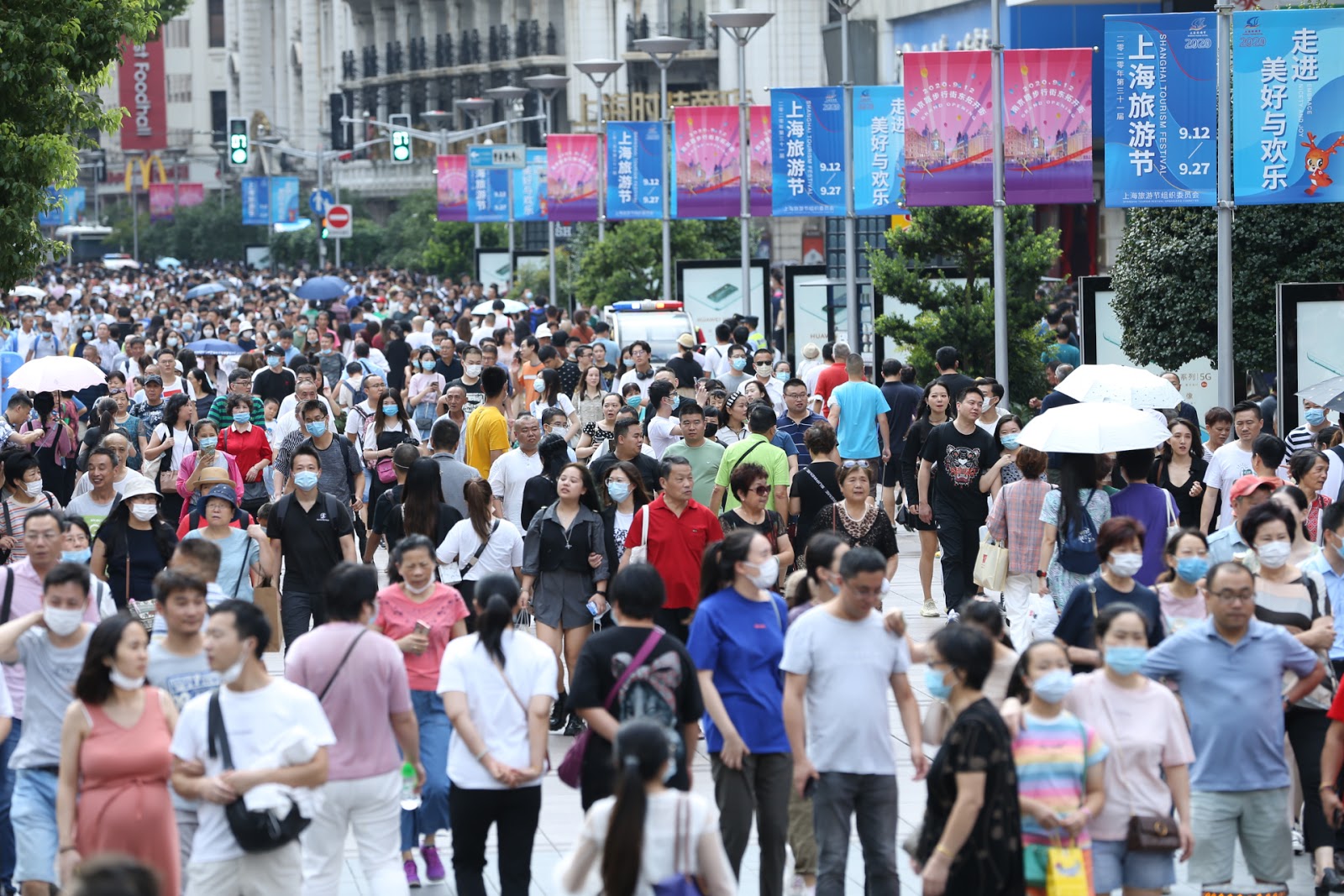Chinese economy sees ‘robust rebound’
Retail sales in China were up 0.5% in August from a year before, one of many indicators showing the Chinese economy returning to normal.

By most measures, life in China has returned to normal. The country where the COVID-19 pandemic began now has nearly 200 million students back in K-12 classrooms, and in many cities, people are beginning to go without masks — for example, after a small second coronavirus outbreak in Beijing in June was quickly brought under control, the capital city lifted its mask mandate on August 20.
Another thing returning to normal: the economy.
- “Retail sales in August were up 0.5% from a year earlier, the first month of growth in 2020,” the Wall Street Journal reports. This follows other indicators like factory production, investment, and property sales — top developers saw a 30.7% increase in home sales in August — that add up to a “robust rebound” for the Chinese economy.
- Urban unemployment is down, according to official numbers, to “5.6%, the lowest since it stood at 5.3% in January.”
- “During the last 10 days of August, official data showed box-office revenue returning to 90% of year-earlier levels,” the WSJ says. China now plans to raise cinema capacity levels to 75% on September 25, per Reuters.
- Car sales in China were up 6% in August, per AP.
- Exports beat expectations in August, and rose 9.5% from a year ago, CNBC says.
- Aviation capacity has “snapped back to more than 90% of pre-pandemic levels,” though domestic tourism is expected to amount to about half of its 2019 total this year, Reuters reports.
There remain major challenges with employment, at both low and high ends of the skill ladder.
In the longer run, technology is key to China’s economic ambitions, though attacks on Huawei from the U.S. complicate this. Chris Miller, an economic historian at Tufts University, writes in the New York Times:
Much as Beijing would like to, hardly any industry analysts expect China to wean itself off American tech soon. There’s just no way to create an entire industry from scratch, especially one that requires producing at the scale of nanometers. Beijing has no choice but to buy an estimated $300 billion worth of chips from abroad this year, more than it spends on any other product.
For more on China’s economic rebound and “dual circulation” strategy for economic resilience, see our previous coverage on The China Project:






